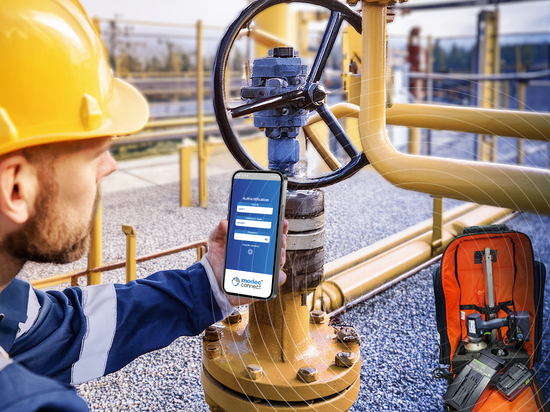
#Industry News
Which portable actuator – air, electric or petrol?
Portable actuators can be powered by three energy sources – compressed air, electricity or petrol.
Different energies can be better suited to different industries and uses, and sometimes a variety of factors can come into play that will influence a company’s ultimate choice.
It could even turn out that you will opt for one type of portable valve actuator for certain functions, and another type for others. The good news is, there is an option for every requirement.
# Pneumatic portable actuator
If your business requires an available supply of compressed air, the chances are you will choose a pneumatic actuator as air will be the easiest energy source available.
It is ideal for use in explosive environments as there is no risk of sparks causing a fire or explosion. It is also recommended for situations where a high torque is required because the air-powered motor will automatically cut out if the torque applied is too great, avoiding possible damage to the actuator tool and other equipment.
In addition, the compressed air actuator offers the greatest flexibility in terms of torque and speed control, both of which can be easily controlled by adjusting the air flow and air pressure. It is also the lightest of the three options, which can be important if you need to carry the actuator for a long time.
# Electric portable actuator
The electric-powered valve actuators comes with a choice of three models – easy duty, standard duty and heavy duty.
The easy-duty model (for small torques) has about 20 minutes’ battery autonomy, which is generally sufficient given that this equates to several thousand rotations of a hand-wheel. Just in case, you can pack a spare battery – it’s relatively small and light.
The standard-duty and heavy-duty models are for higher torques and can come with two batteries (400 Wh or 700 Wh) providing a 35 to 70 minutes autonomy which means it should last for a whole day
Although the heaviest of the actuators, it is easy to transport (with the battery in a back-pack) and therefore a good option for use in more remote, or difficult to access, areas. For example, it is a good option for actuating valves in drinking water systems which have a vast underground pipe network and in irrigation systems operated by sluice gates often located in very remote places.
#Petrol-powered portable actuator
This is the most autonomous of the three in terms of energy supply. Fuel is available almost everywhere (at any petrol station) so wherever you are, you can most likely fill up on petrol. And an extra supply can be transported in a Jerrican in case you need to top up.
For this reason, the petrol-powered actuator is also a favourable option if working in remote areas. Similar to the pneumatic actuator, it is also preferable to an electric actuator if high torques are involved because the motor will simply stop if the maximum torque is exceeded, so there is no risk of damage.
However, the fuel-powered actuator is not suitable for use indoors due to the exhaust fumes it emits. The smoke – and the noise – could also exclude it as a choice for working in built-up or environmentally-sensitive areas.
So, as you can see, it’s very much a question of horses for courses. We find our customers are generally best placed to understand the various dynamics affecting their choice. Our role is to help you choose the right portable actuator for your specific needs.







